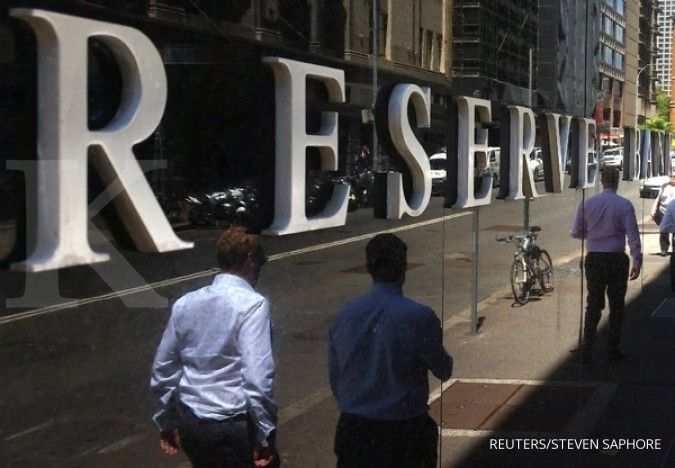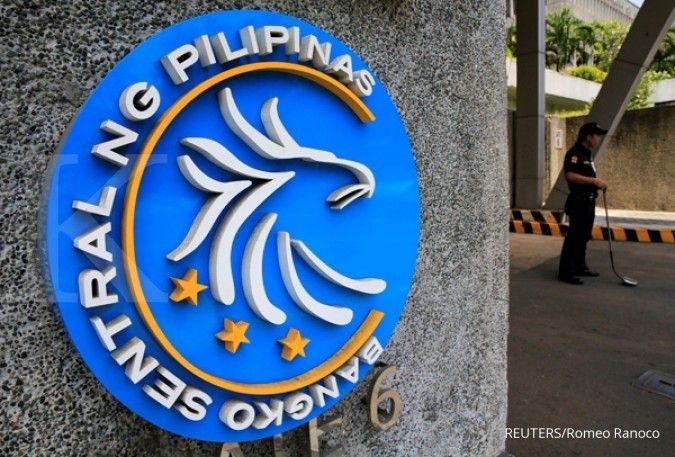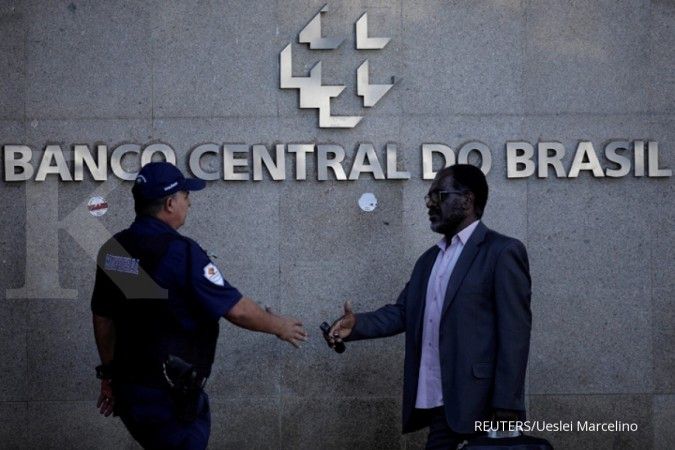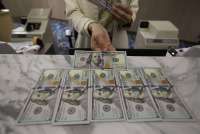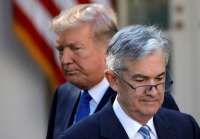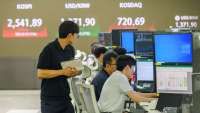CHINA - SHANGHAI. China's central bank left the medium-term policy rate unchanged on Monday, defying market expectations as signs of a weaker currency continued to limit the scope of monetary easing.
A slew of recent economic indicators continued to reflect the country's uneven economic recovery, with a pick-up in exports in December but weak credit growth and persistent deflationary pressure calling for more stimulus measures.
However, a narrowing interest rate margin (NIM) at commercial banks and a weakening Chinese yuan at the start of the year have limited the room for the central bank to maneuver its monetary policy, some market watchers said.
Read Also: Asia Stocks Stumble, China Skips on Rate Cut
The People's Bank of China (PBOC) said it was keeping the rate on 995 billion yuan ($138.84 billion) worth of one-year medium-term lending facility (MLF) loans to some financial institutions unchanged at 2.50% from the previous operation.
Monday's loan operation was to fully meet cash demand at financial institutions to "maintain banking system liquidity reasonably ample," the central bank said in an online statement.
In a Reuters poll conducted last week, 19 of 35 market participants had expected the central bank to cut the MLF rate to help shore up the weak economy. And a vast majority of the respondents also expected the PBOC to inject fresh funds into the financial system exceeding the amount that were maturing.
Those expectations grew after major Chinese commercial banks lowered their deposit rates late last year, and after recent disappointing economic data stoked the view that more stimulus was warranted.
Read Also: Taiwan Ruling Party's Lai Wins Presidential Election
"We think the entrenched debt-deflation spiral and across-the-board pessimistic sentiment among economic agents in China add more urgency for the PBOC to roll out monetary easing to fight deflation," economists at Barclays said in a note before Monday's move.
In addition, investors' expectations for a reduction to banks' reserve requirement ratio (RRR) also rose after Zou Lan, monetary policy department head of PBOC, highlighted reserve requirements as one of monetary policy options to support credit growth, according to a state media report last week.
However, a 1% fall in the Chinese yuan against the dollar so far this year is deterring rate cuts. The yuan has weakened to a more than one-month low against the greenback due to uncertainty around when the U.S. Federal Reserve will start cutting interest rates.
With 779 billion yuan worth of MLF loans set to expire this month, the operation on Monday resulted in a net 216 billion yuan fresh fund injection into the banking system.
Read Also: Russia's Medvedev: Any UK Troop Deployment to Ukraine Would be a Declaration of War
The central bank also injected 89 billion yuan through seven-day reverse repos while keeping borrowing cost unchanged at 1.80%, it said in an online statement.
Data due this week for December industrial output, investment and retail sales, along with fourth-quarter gross domestic product will give investors clues on whether the economy will need further support.
/2020/03/17/1809849216p.jpg)


